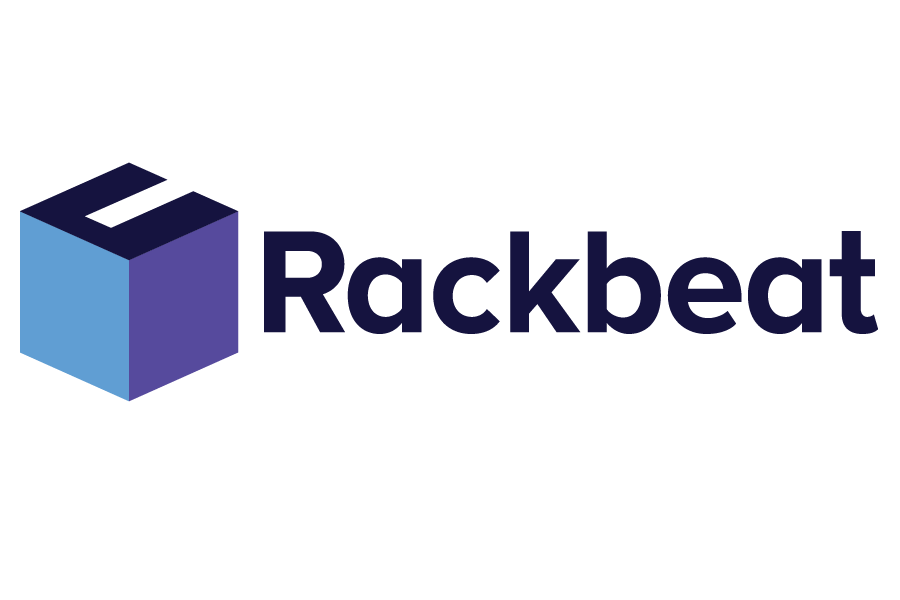Consignment Inventory
A consignment inventory is a special type of inventory setup where products are physically stored at a retailer, distributor, or customer location — but still owned by the supplier until they are actually sold or used. This inventory model creates a flexible arrangement between two parties, allowing the recipient to avoid tying up capital in goods until the moment they are consumed. At the same time, it gives the supplier an opportunity to place their products closer to the market and reduce delivery time.
Rackbeat November 7, 2025
How Does a Consignment Inventory Work?
In practice, consignment inventory works as follows:
The supplier sends goods to the recipient’s warehouse — for example, a retailer or end customer.
The items are stored separately from the recipient’s own inventory and registered as consigned stock.
Ownership is only transferred once the recipient sells or uses the goods.
The supplier then invoices the recipient for the quantity that has been consumed or sold.
This setup requires a high degree of trust and a clear overview of stock levels — on both sides.
Who Uses Consignment Inventory – and for What Type of Goods?
Consignment inventory is typically used in industries dealing with high-value, long-life, or specialized products — where it makes sense to have items close to the end user without transferring ownership upfront.
Common examples include:
Manufacturers and suppliers of technical equipment, such as machinery, electronics, or industrial components, that are placed with large customers for easy access to spare parts or ongoing use.
The medical and healthcare sector, where hospitals and clinics access medical equipment or implants on consignment — and only pay when the items are used.
The fashion and retail industry, where clothing or accessories are delivered to stores and only invoiced once sold.
The construction industry, where contractors receive materials on-site via consignment to ensure flexibility during projects.
In all these scenarios, consignment inventory reduces the recipient’s risk and capital tie-up — while increasing the supplier’s visibility and service level.
Advantages and Disadvantages of Consignment Inventory
Benefits for the recipient:
No upfront payment — only pay when items are sold or used
Reduced inventory investment, improving liquidity
Faster access to goods since they are already on-site
Benefits for the supplier:
Greater product visibility and availability at the customer or reseller
Stronger business relationships through flexibility and collaboration
More accurate sales data through real-time consumption tracking
Challenges and drawbacks:
More complex inventory management and accounting
Risk of obsolete items if not sold or used
Requires trust and clear agreements between parties
Consignment Inventory and Rackbeat
Managing consignment inventory requires precision and transparency — knowing what’s in stock, who owns it, and when ownership changes. This is where a digital inventory management system like Rackbeat becomes essential.
With Rackbeat, you can:
Register and separate consignment items from your regular inventory
Track which items are still owned by the supplier — and which have been consumed
Create multiple warehouses, e.g., dedicated consignment locations, to ensure full stock transparency
Generate accurate reports for both you and your supply chain partners
Whether you’re the supplier or the recipient, Rackbeat gives you the tools to stay in control of your inventory — without losing visibility or tying up unnecessary capital.
Want to Keep Full Control of Your Consignment Inventory?
At Rackbeat, we help companies structure even the most complex inventory setups — including consignment warehouses.
Book a short, no-obligation meeting with a product specialist, and let us show you how to stay on top of your inventory and ownership — all the way to the end customer.
👉 Book a meeting here — and gain full control of your consignment stock:



